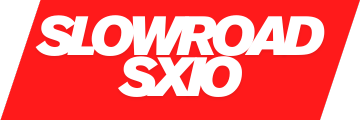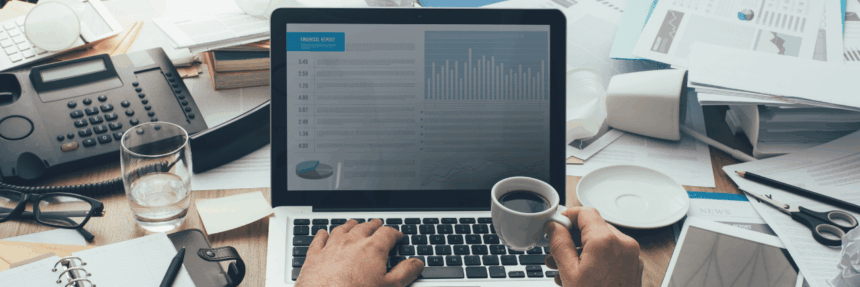In today’s fast-paced world, technology is no longer just a convenience—it’s a necessity. From smartphones to cloud software, the right tools can transform the way we work, study, and even manage daily tasks. If you want to improve productivity with technology, you need to understand how to use these tools effectively without letting them become distractions. In this article, we’ll explore practical strategies to boost your productivity, the best apps and tools to use, and how to create a system that works for you.
1. Understanding Productivity in the Digital Age
Productivity is not just about doing more tasks—it’s about doing the right tasks efficiently. Technology can help you organize, plan, and automate repetitive work, giving you more time for meaningful activities. However, simply having gadgets or apps isn’t enough. Productivity technology works best when paired with clear goals, discipline, and time management skills.
Think of technology as a powerful assistant. When used smartly, it can manage your schedule, reduce errors, and even remind you to take breaks to avoid burnout. The key is knowing which tools truly add value rather than create noise.
2. Use Time Management Tools
One of the most significant ways technology can enhance productivity is through time management. Tools like digital calendars, task managers, and reminder apps can help you organize your day effectively.
- Calendar Apps: Google Calendar, Outlook Calendar, and Apple Calendar allow you to schedule tasks, set reminders, and even share events with your team.
- Task Management Apps: Apps like Todoist, Trello, and Asana let you break down big projects into smaller tasks, track deadlines, and prioritize work.
- Pomodoro Timers: Apps like Focus Booster or Be Focused use the Pomodoro Technique—working in short, focused intervals followed by breaks—to maximize concentration.
By tracking your time and tasks digitally, you can see exactly where your energy goes and adjust your workflow for maximum efficiency.
3. Automate Repetitive Tasks
Automation is one of the most powerful productivity boosters technology offers. Repetitive tasks like sending emails, posting on social media, or generating reports can be automated using modern tools.
- Email Automation: Tools like Mailchimp or Outlook’s automatic rules can sort emails, send reminders, or even send personalized messages without your intervention.
- Social Media Scheduling: Platforms like Buffer or Hootsuite allow you to schedule multiple posts across different channels, saving hours every week.
- Workflow Automation: Tools like Zapier or IFTTT connect apps and automate tasks like copying files, updating spreadsheets, or syncing information across platforms.
Automation reduces human error and frees up mental energy for more creative and strategic work.
4. Cloud Storage and Collaboration Tools
In the modern workplace, collaboration is key. Cloud-based platforms allow multiple people to work on the same project simultaneously, increasing productivity and reducing communication delays.
- Google Drive / OneDrive / Dropbox: Store files securely in the cloud, access them from anywhere, and share them with teammates instantly.
- Collaboration Tools: Slack, Microsoft Teams, and Zoom help teams communicate effectively without endless emails.
- Project Collaboration: Platforms like Notion or Monday.com allow teams to track progress, assign tasks, and share resources in real time.
Using these tools properly ensures that everyone is on the same page, reduces redundancy, and helps complete projects faster.
5. Minimize Distractions with Focus Tools
Technology can be a double-edged sword. While it helps with efficiency, it can also be a source of distraction. Social media notifications, emails, or irrelevant apps can quickly eat into your productive hours.
- Focus Apps: Apps like Freedom, Forest, or Cold Turkey block distracting websites and apps, helping you stay focused.
- Notification Management: Turning off non-essential notifications on your phone or computer can prevent constant interruptions.
- Email Management: Setting specific times to check emails rather than responding instantly reduces distraction and keeps you in a flow state.
By controlling digital distractions, you can work smarter and achieve more in less time.
6. Track Your Productivity and Improve Continuously
To make technology truly effective, you need to measure your productivity. Tracking tools can give you insights into how you spend your time, which tasks take the most energy, and where improvements are possible.
- Time Tracking Apps: RescueTime, Toggl, or Clockify monitor how much time you spend on different tasks and apps.
- Habit Tracking: Apps like Habitica or Streaks help you build positive habits and stick to productive routines.
- Analytics and Reports: Review your weekly or monthly productivity reports to adjust your strategies and identify areas for improvement.
Tracking your performance helps you stay accountable and ensures that technology is serving your goals, not controlling your time.
7. Balance Technology Use with Healthy Habits
Even the best productivity apps cannot replace self-discipline and healthy habits. Overuse of technology can lead to fatigue, stress, and decreased productivity.
- Take Regular Breaks: Use reminders or timers to take short breaks and stretch.
- Limit Screen Time: Set boundaries for social media and entertainment apps.
- Practice Mindfulness: Meditation apps like Headspace or Calm can help you stay focused and reduce mental clutter.
By combining technology with healthy routines, you can maintain sustained productivity without burning out.
Conclusion
Technology has immense potential to improve productivity, but it must be used strategically. From time management apps and automation tools to cloud collaboration platforms and focus apps, there are countless ways to work smarter, not harder. The key is to choose the right tools, minimize distractions, track progress, and balance digital work with healthy habits.
By leveraging technology wisely, anyone can transform their workflow, save time, and achieve more both professionally and personally. Remember, productivity is not about doing everything—it’s about doing what matters most efficiently.
Frequently Asked Questions (FAQs)
1. Can using too much technology reduce productivity?
Yes. While technology can boost efficiency, overuse, constant notifications, or multitasking can decrease focus and lead to stress. Balance is key.
2. Which apps are best for time management?
Popular choices include Google Calendar, Todoist, Asana, and Trello. These apps help schedule tasks, set priorities, and track deadlines effectively.
3. How can automation improve productivity?
Automation reduces repetitive tasks, eliminates human error, and frees up mental energy for more important work, making workflows faster and more efficient.
4. How do focus apps help productivity?
Focus apps block distractions, limit time spent on social media, and allow uninterrupted work sessions, helping you concentrate on essential tasks.
5. Is tracking productivity necessary?
Yes. Tracking productivity helps identify time-wasting activities, monitor progress, and adjust strategies to work smarter and achieve goals faster.













